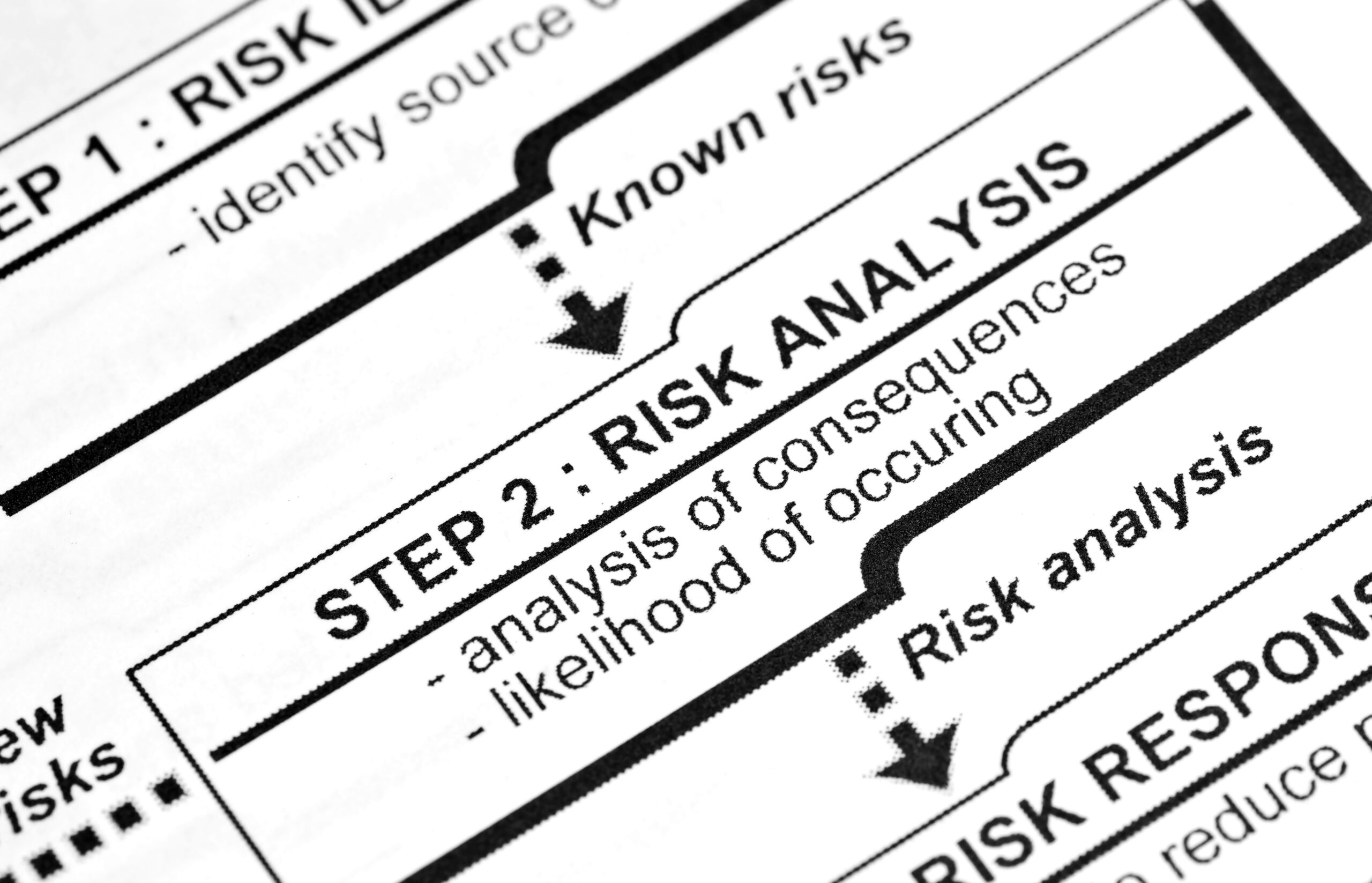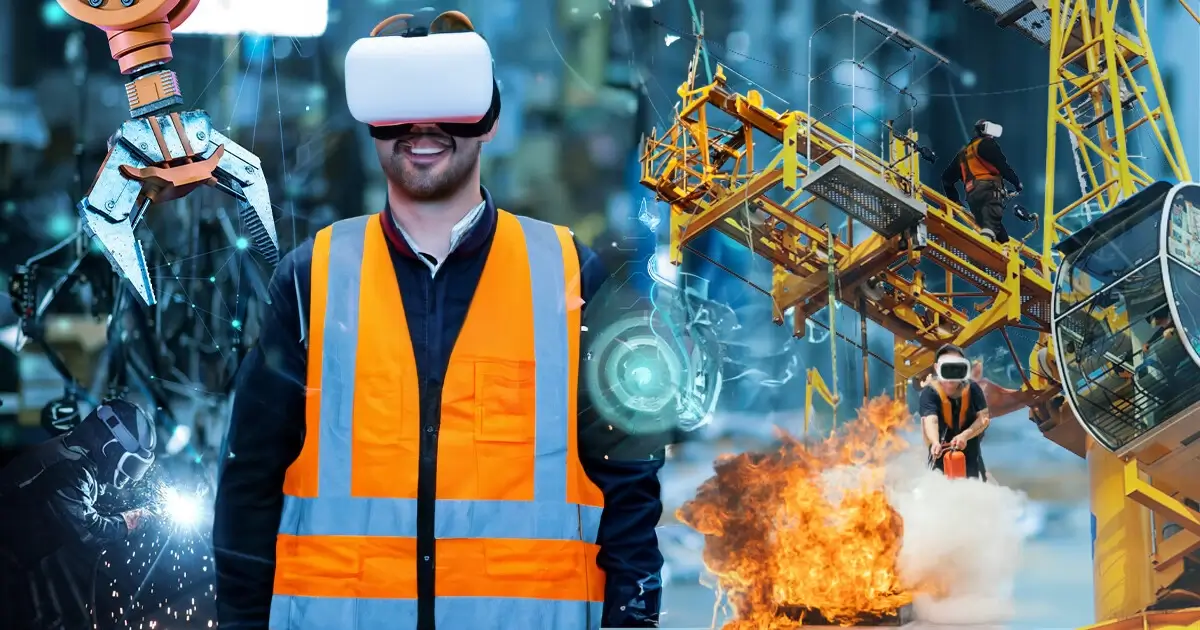
Table of Contents
Introduction
In this article, we will delve into the importance of PTW Risk Assessment, exploring its role in safeguarding workers, maintaining operational integrity, and achieving regulatory compliance. Through understanding its critical function, industries can better prepare and protect their workforce, thereby enhancing overall safety and productivity.
Understanding What Risk Is, The Management System
The management of any association, whether working in the public or private sector, points for accomplishing its goals to reduce risks.
Risk control is accomplished by overseeing them and, more specifically, a sound risk management system.
Risk management is a significant idea connected with an association’s safety and financial capacity, and hazard evaluation is a significant piece of its essential process.
The technique of an association on the risk board ought to be that every one of the dangers it faces should be recognized, evaluated, checked, and seen so they are kept up within a specific cut-off, acknowledged by the substance’s administration.
Risk Management – Defining Capacity Inside The Association
It is the method involved with recognizing, dissecting, and answering the dangers the system faces and is presented to. The expenses of carrying out this framework rely upon the techniques used to oversee occasions.
Some neat examples include:
Strategy-making is continuous, and the outcomes are exemplified in the choices made regarding tolerating, decreasing, or dispensing with risks that influence the accomplishment of targets.
The point is to advance the openness to gambling to lessen misfortunes, avoid dangers, and take advantage of opportunities.

Reasonable Methodologies For Risk
In overall terms, the risk is a part of any human cycle.
When we pass on to return home, we are presented with dangers of various levels and degrees. It is huge that a few new risks are willful, and some are made by us through exercises.
The Significance
Managing risks is a preventive strategy that is focused on any possibility of identifying, recognizing, and responding to the risks within the organization.
In these circumstances, the job is to assist management in helping to understand the risks that one is exposed to and is done as follows.
Assuming the risk is led before materializing the risks,
Assuming that the evaluation is done after the risk has appeared, the objective is to guarantee the improvement of the exercises and the progression.
The upside of risk management is guaranteeing efficacy. To accomplish this prerequisite, management has the significant responsibility to make the risks known to everyone they face and effectively manage them—the reason, eliminating the consequences.
Permit to Work Risk Assessment
The most significant concern with regard to utilizing safe work is the point at which the entire system becomes administrative and steps in here is the importance of work permit system.
This happens while allowing is applied for movements of every kind without giving any thought to their criticality or need. It is now that the system loses its proficiency and turns into a paper practice with no immediate effect on controlling work chances.
Representatives begin understanding this and treat each permit the same way, approving the archives, and getting jobs started with no essential examination of the dangers implied.
Organizations, for the most part, need to adopt a more risk-based strategy with regard to giving licenses to work and foster their principles considering those ideas. A importance of permit to work on preparing for the permit issuers is critical to ingraining this.
Permit issuers are normally part of the operational teams, and in many organizations, safety professionals do not play a big role in this process other than the occasional system audit.
Therefore, it is important that safety professionals, through coaching and training, instill the basic concepts of risk management, the hierarchy of controls, and a holistic view of work hazards to be monitored when issuing these permits.
How do we optimize risk management with the real-time and dynamic Permit to work that brings the required clarity to the work floor?
Understand the benefits of opting for permit management post-risk assessment in the first place:
The Benefit Of Visibility
Permit to work brings clarity to the elements of working and ensures that information is communicated clearly.
Now, it depends on the SOPs and the company to determine which factors warrant a permit to work—it can involve working at heights, with hazardous substances, and more.
The end result—workers are protected. In the absence of effective risk management, people remain unsure of how permits affect and impact them, which increases their tendency to put themselves at risk.
When a system combines risk assessment and permits into one system with an approval workflow that is in line with business policies, it adapts to changing conditions seamlessly.
The Advantage Of EHS Risk Assessment
The modern safety case is a safe operation environment that allows real-time barrier analysis and necessary risk assessment.
When further integrated with Permit to Work, risks decrease as access to data 24/7 aids in making quick business decisions based on situations in real time.
Be it the help of photographs videos, or animation training, optimized Permit-to-work training is more about resolving issues at speed. It becomes easy to proactively refine permits to work across multiple environments and scenarios.
A Visualized Source of Truth
Put together simply, this implies the benefits of risk management and transparency are tried neatly together.
When real-time data and dynamic insights are in sync, the authority can come across the below terms smoothly-
Permit initiation, authorization, overview, real-time barrier analysis, and risk assessment to embed the safety of people and the ones in business.
And that’s why, it’s worth looking towards already established risk assessment and management systems and their training to manage and control work in nonstandard, potentially hazardous situations – because they have already ticked the boxes of risk and hazard identification.



